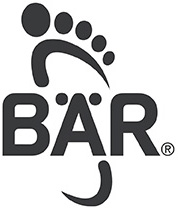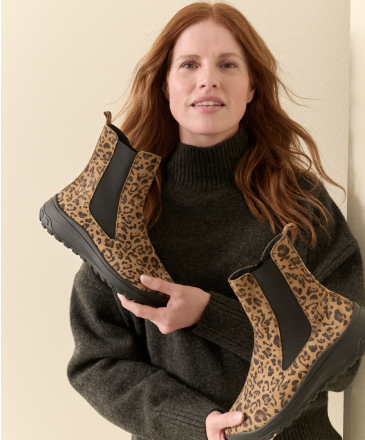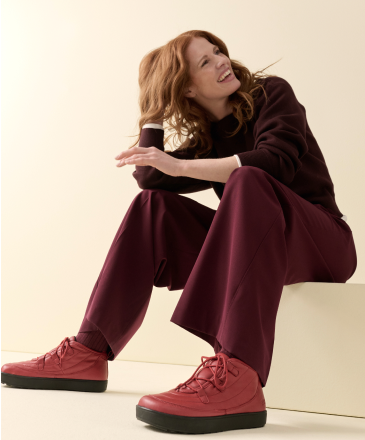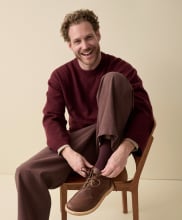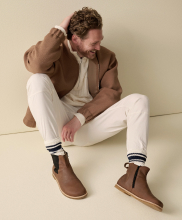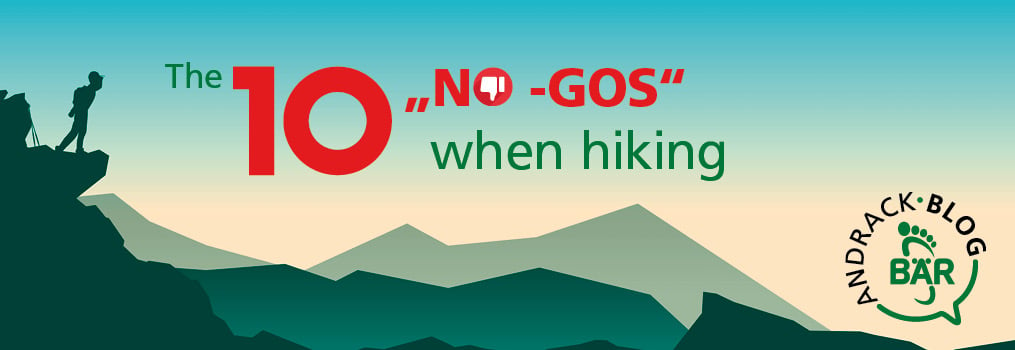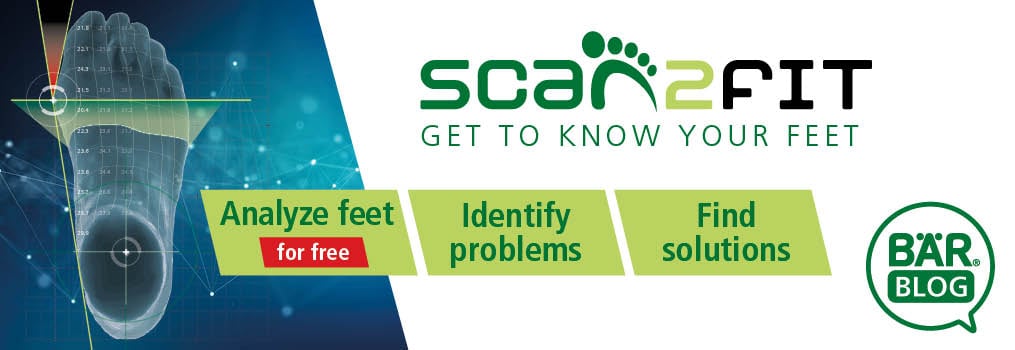Biomechanics - The arches of the foot

Biomechanics - The arches of the foot
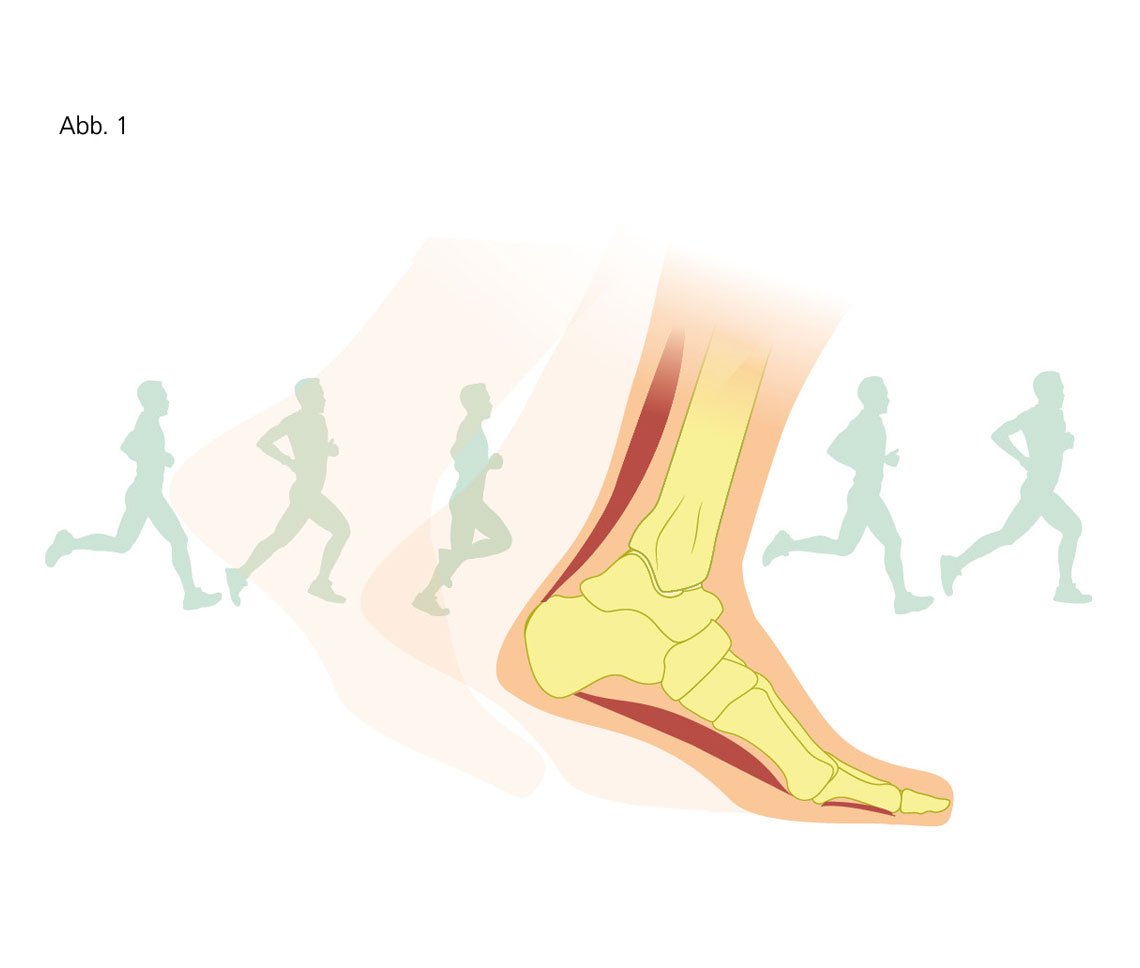
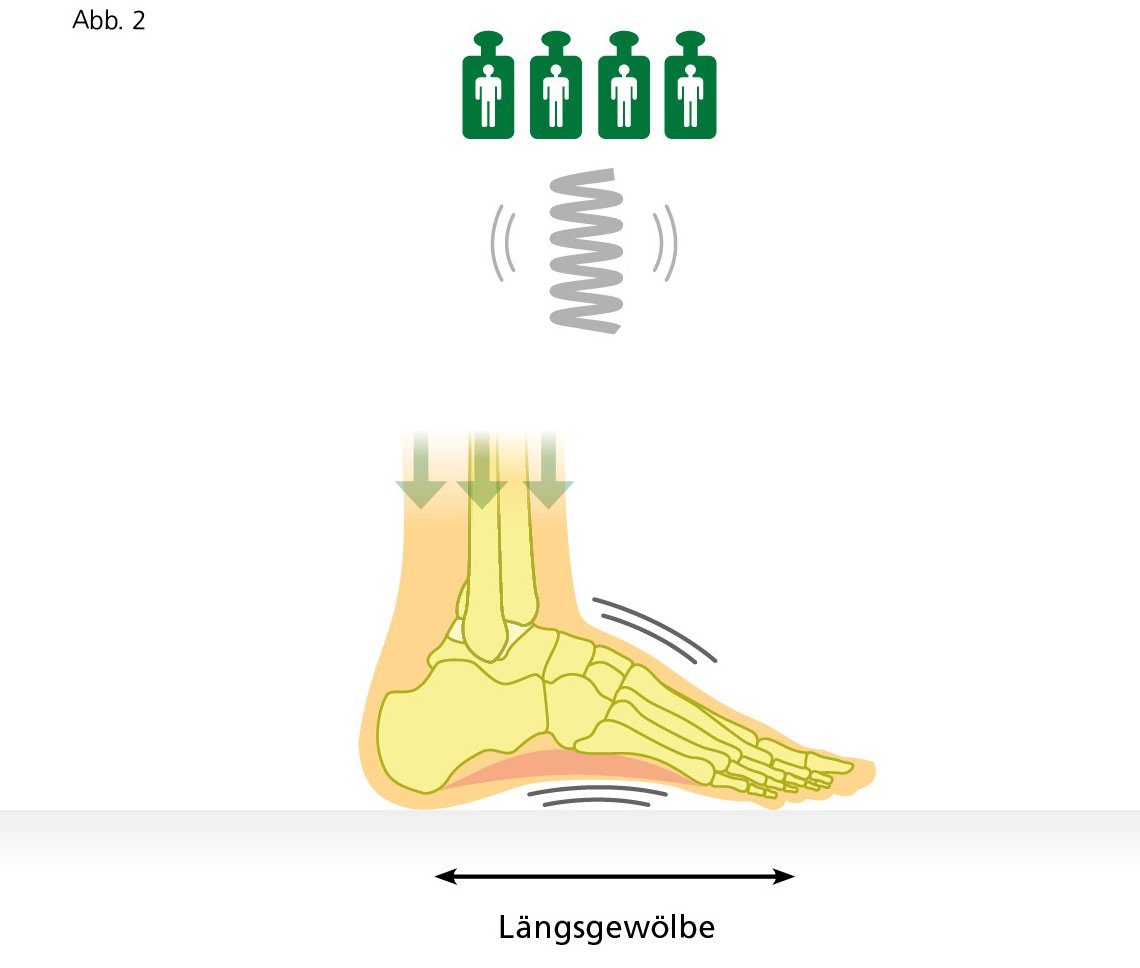
The arches are elastically tensed. They are passively secured by strong ligaments and actively held in place by the muscles. On the one hand, these muscles are located on the foot itself, for example in the longitudinal arch between the foot bone and the sole of the foot. On the other hand, the muscles that run from the lower leg via long tendons to individual bones of the foot, attach there and in some cases extend to the tips of the toes, also provide this tension and stabilization. In particular, these are the anterior and posterior tibialis muscles, the muscles of the long flexor of the toes and the long flexor of the big toe as well as the fibula muscles.
While the longitudinal arch extends over the entire sole of the foot and runs from the ball of the foot to the heel, the transverse arch flattens from the tarsus forwards to the ball of the foot towards the horizontal. The talus head is embedded at the highest point of the arch. It transfers the load of the body to the arch of the foot and, depending on the type of load, has to absorb and transfer up to four to five times the body weight. The bones are shaped in such a way that they form a cavity towards the sole of the foot to accommodate the powerful short muscles and the tendons of the long muscles running from the lower leg.
The most important, longest and strongest ligament is the plantar fascia, which can be felt directly under the sole of the foot and is clearly visible in the fifth picture from the left.
However, if this effective body's own cushioning mechanism is not sufficiently challenged and the muscles are not stressed enough or are stressed incorrectly, for example due to excess weight, the resilience of the foot decreases and the arches flatten out. With increasing age and decreasing training, the muscles of the foot often atrophy and can no longer fully perform their task of actively absorbing loads and shocks.
Shoes now have a special significance in relation to the biomechanics of the foot. If the shoes constrict the foot too much so that it can no longer move or can only move insufficiently, the muscles of the foot atrophy just as quickly. The foot becomes 'lazy' and its performance decreases.
This can be counteracted by daily foot exercises, preferably barefoot. But you can also maintain the mobility of your feet with the right shoes. To do this, the foot needs sufficient space in the shoe and yet a secure hold to ensure the functional unity of foot and shoe.
Strengthened and functional foot muscles through training ensure the resilience of the important arches in particular. This enables them to fulfill their dynamic tasks during walking and in particular the cushioning of the footfall into old age.
You can find more on the topic by Dr. Norbert L. Becker at:www.fair2feet.com/
